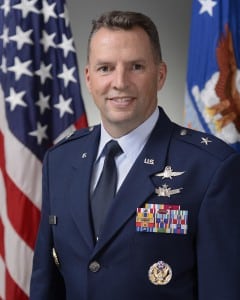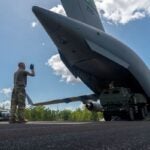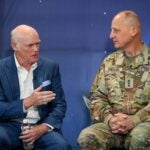
Air Force cyber recruitment focuses on attitude then a language-like aptitude, the U.S. Air Force Chief information Officer (CIO) and Director of Cyberspace Strategy and Policy for the Office of Information Dominance said Thursday.“So I view it more through the lens like our language aptitude tests that we give today. So we don’t give a language test in a specific language. What we do is we give a language-like test to assess aptitude for learning a language,” Brig. Gen. Patrick…

 By
By 











